Yebin | She/Her
Internet Granola Nazi Ghosts
Washington, DC | Singapore
Temperate Broadleaf and Mixed Forests
Urban
Digital
Session 8: March 25, 2023
Hello everyone, my name is Yebin, and I am haunted by internet granola nazis.
I don’t really know how to tell this story, other than to start with like a “once upon a time” start in third person so that I feel less silly. So here we go:
Once upon a time, there was an online extremism researcher named Yebin. She studied groups online so vile and so “out there” that she never knew how to explain her job to family and friends. Basically, she spent most of her days staring at a computer screen drenched in violent extremist content, the authors stitching and unstitching their hate like some weavers of human horror. Because she spent so much time lurking in extremist ecosystems like some ecologist of hate and bigotries, she gradually became numb to how ludicrous her profession was—that is, until one sunny afternoon Yebin said a bit too much at happy hour and had to confront the horror-stricken face of friends who had “normal jobs.” Something had to change.
A colleague suggested that she go for a run outside to escape work. It was said to help with mental health. Desperate for respite, Yebin Ubered herself to Anacostia National Park. She stepped onto the muddy trail, put on her shoes, and felt determined to fix her brain and let mother earth heal her, goddammit.
But even as she sought to enjoy the damp DC air, her broken brain whirred. She saw the little buds on the tree branches and remembered something that an ecofascist said earlier that week online—something about preserving America’s vast natural beauty and resources for their white descendants, and white descendants only. Her eyes caught the national parks signs peppered all across and wondered what kind of forced displacement made this park, perched on Potomac’s hip, possible for burnt out DC transplants like her. Earth to earth, ashes to ashes, dust to dust, blood and soil…?
She grew increasingly frustrated. She had heard beautiful things by beautiful storytellers on connecting with their ancestral spirits in nature. Sinking their toes into the soft earth, letting the breeze weave its fingers through their hair. Something wonderfully grounding, like that. And you know, she may have felt that once too, when she was young and more in tune with nature. But now, Yebin was frantically power-walking through Anacostia while granola nazi ghosts faithfully trailed a few feet behind her.
Thinking back to this experience, Yebin rejected the idea that she was some self-torturing researcher submitting herself to the heroic burden of witnessing environmental decay, racism, and fascism. That just wasn’t her, by any stretch of the imagination — braver, stronger, smarter environmental activists took on that role. But she also couldn’t deny that she was a little bit haunted. The lines between her work and recreational life bled most profoundly when she was in nature. Even as she admired the cherry blossoms and let grass stains develop on her jeans, she could never sit too far away from these granola nazi ghosts, their piercing gazes trained behind her skull.
Nature, she realized, was not neutral ground. Our parks and greens and trees and daffodils are steeped in human suffering that we can’t see. The money we give to plant trees in American parks isn’t devoid of political forces, some of which believe that the parks belong only to white people.
Earth to earth, ashes to ashes, dust to dust, blood and soil.
Thank you.
Yebin is a researcher working and living in Washington, DC. Her work for this initiative lies at the intersections of politics, extremism, natural resource management, and “rights” to the great outdoors.

